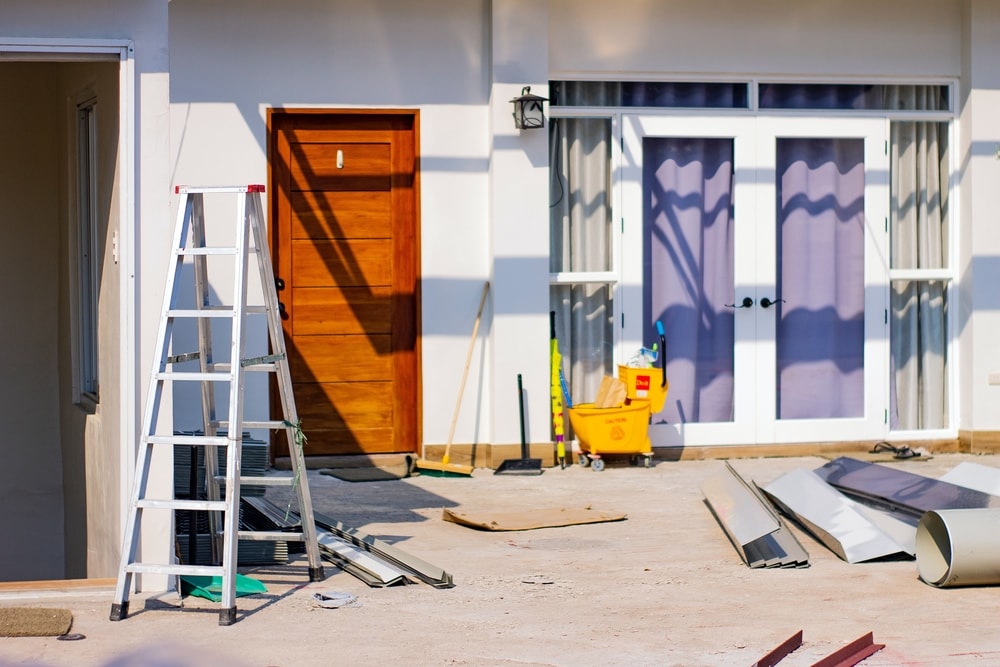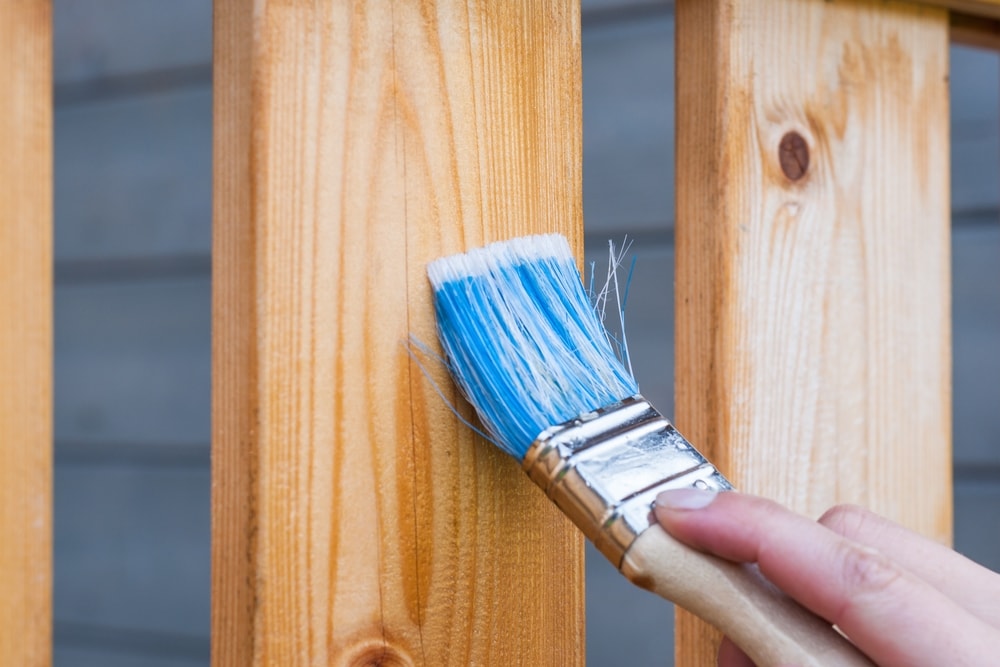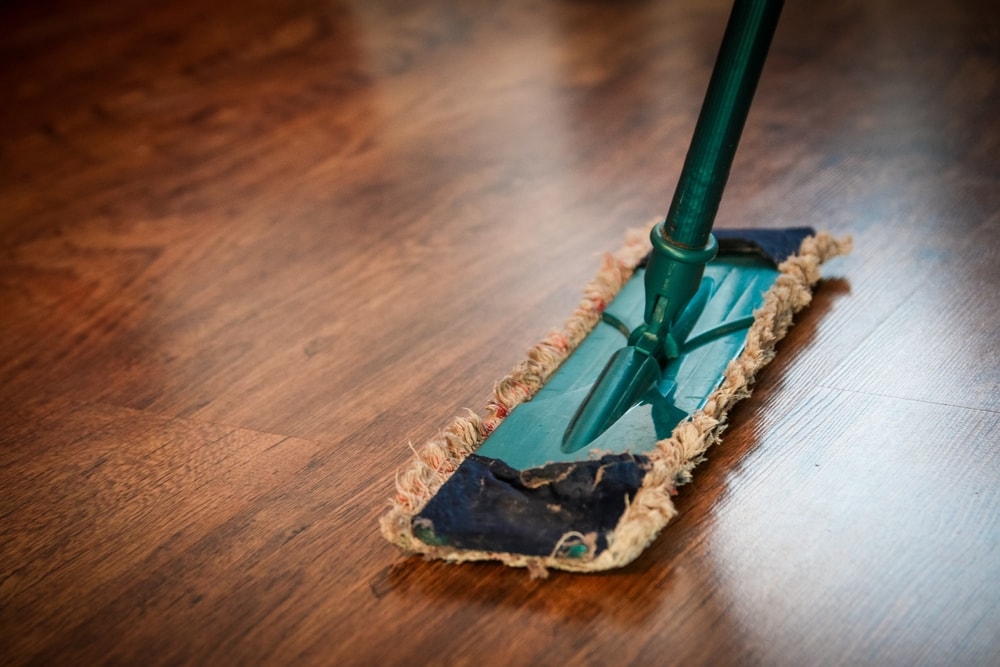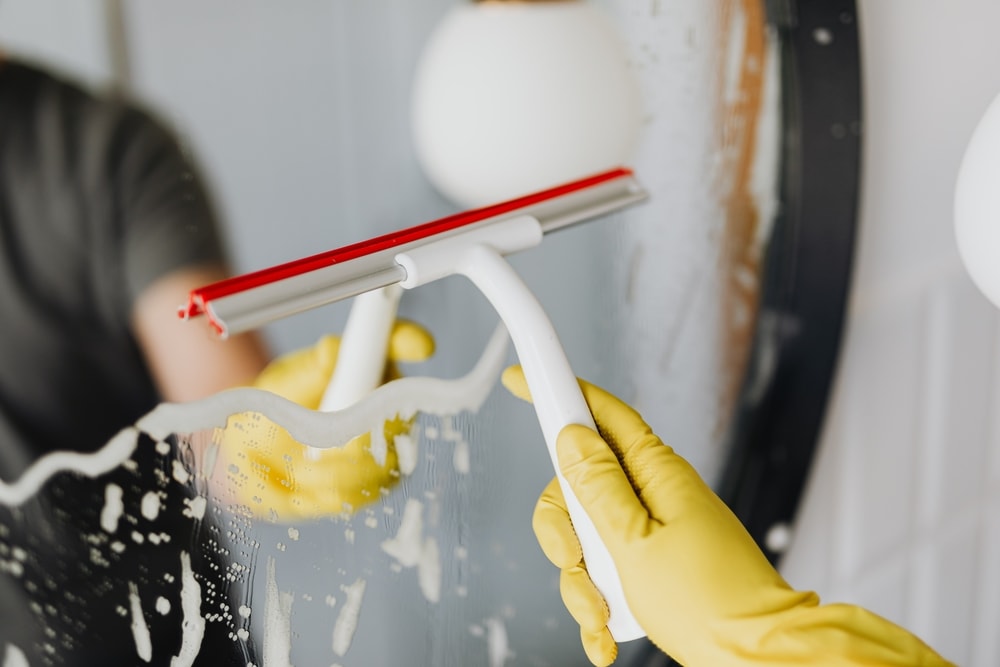Connecting Homes and Landscapes with Paths
Much of the beauty of our landscapes is created by the way in which each of the parts complement one another. This effect will be reinforced if there is a visual sense of connection between all of these elements, whether they are gardens, fountains, driveways, patios, decks, arbors, trellises or pools. We may encounter difficulties, however, if our houses or other structures fragment our yards into disparate parts. In these instances, we are left with areas that may be tasteful and pleasing to the eye individually but which seem to bear little relationship to each other.
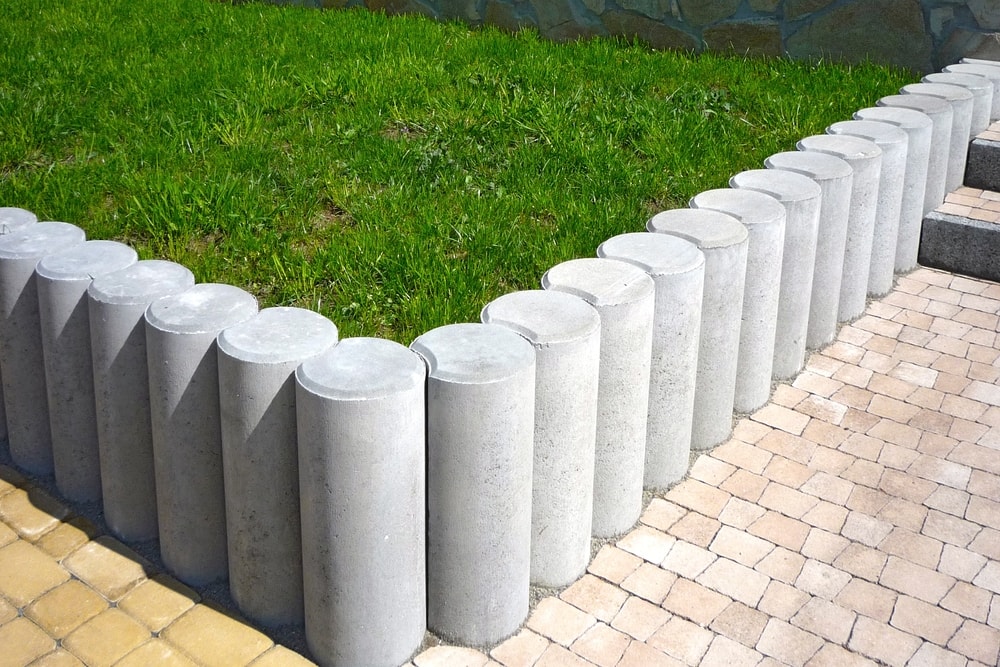
One of the easiest and most effective ways to visually connect various sites in a landscape is to use pathways. The cheapest materials we might use are wood chips, gravel and crushed stone (which are available in a range of sizes and colors), though if we have more time and energy to invest then we might consider brick, poured concrete or cut stone. Paving bricks are harder and more durable than wall bricks and should always be used outdoors. We also need to consider the rainfall. Gravel and cut stone drain well naturally; for other materials, we’ll want to create a grade of at least1/8 inch per foot so that rainwater doesn’t collect on our pathways. This we can do by either pitching our paths slightly to one side or building up a crown in their middles.
Finally, we’ll want to consider how well the materials we choose will blend with the style of our house and perhaps even the other structures lying on our landscape.
How wide we make our paths depends upon the primary uses we envision for them. We should allow at least 2 feet for walking, 3 feet for a lawnmower or wheelbarrow, and 5 feet or more if we desire a broad way where two can walk abreast. Generally, curving paths are more attractive than straight ones, especially if there seem to be reasons for their twists and turns. We can wind a path through a garden and then around a bend to reach a fountain or small plot of potted herbs. Paths can enclose groves of trees, creating an island-in-the-stream appearance. There are numerous other vistas that we might wind our way to, including pieces of sculpture, benches, archways, and trellises.
Paths give us an excuse to pause along our way and take in a view or admire an interesting floral design. We can also weave other effects, like enticing curiosity by curving a path out of our line of sight, or by slowly diminishing the width of a path to make a small grove look longer. Paths make for safe traveling for adults and children both. They help to keep our feet dry, and protect lawns and other areas from being trampled. Most of all, they make seemingly unrelated parts of our landscape feel like they belong together.
